Local cuisines are always implicit targets of every trip. This is particularly true when you travel to Asian countries. A lot of tourists have been so far curious about Vietnamese food. And not many recognize the slight differences in the same cuisines of every part of Vietnam, especially in Saigon. Indochina travel agency.
Despite all known as “noodle” to foreign tourists, you may be surprised by the diversity of noodle types in Vietnam. These are different kinds of noodles that every tourist should try whenever they travel to Saigon
Hu Tieu
Originated from China, Hu Tieu has become one of the most favorite dishes of the Southern people. Hu Tieu is made of quality rice milled into powder then mixed with water, other types of flour and additives in a certain percentage. The mixture is coated on the surface of cloth placed on the pot of boiling water. 1-mm thick layers are dried under the sun for about three hours before cut into the shape of noodle strands.
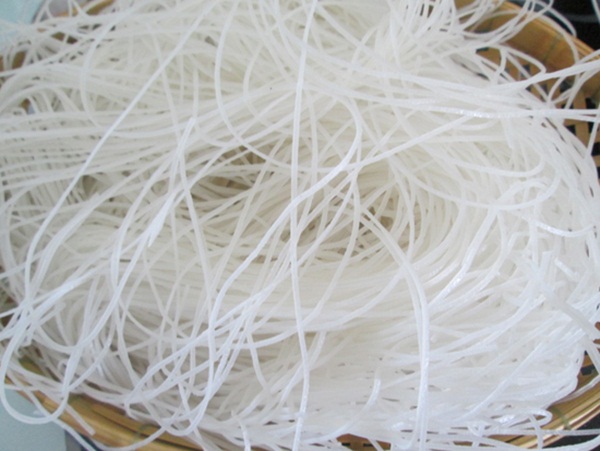
The tasty and delicious of a bow of Hu Tieu come from its soup as dried noodles strands are all bland. There are different kinds of soup cooked with pork bones, chicken bones, fresh/dried shrimps or squids.
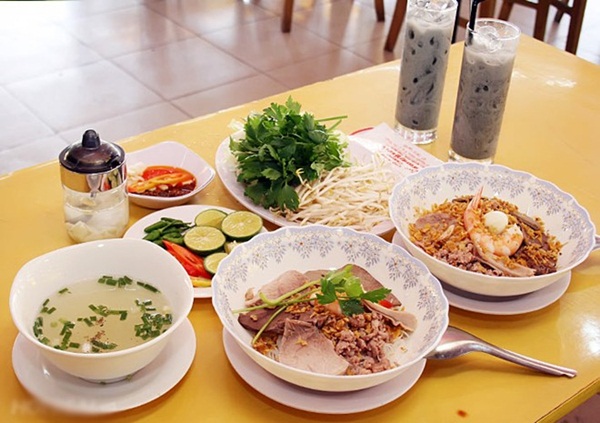
Hu Tieu is only found in the Southern. And different provinces in Vietnam have distinct flavors of Hu Tieu soup. Hu Tieu can be eaten in dried or wet form. Flavors of Vietnamese foods are strongly affected by the tasty of China and the spicy of Thailand, therefore, several people cannot eats Hu Tieu without soy sauce, some drops of lemons or slides of fresh chilies.
Pho
Pho can be more familiar with tourists visiting Vietnam. However, Pho in Saigon has distinctive flavors, with thicker and more elastic strands (banh pho) compared to the traditional Pho in Hanoi and the North.
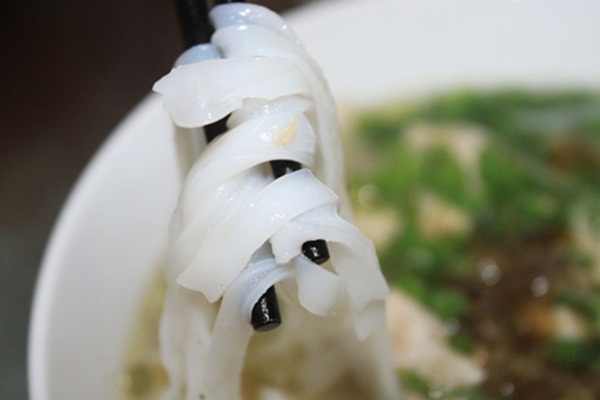
Moreover, the Southern people are considered to make cuisines tastier than the Northern and soup of Pho is not an exception. The soup has darker color and is normally the broth of beef bones. Thin slices of beef fillet steak are boiled to be ripe or under-done up to eaters. Especially, Pho in the Southern of Vietnam is eaten with bean sprout, corianders and chili sauce.
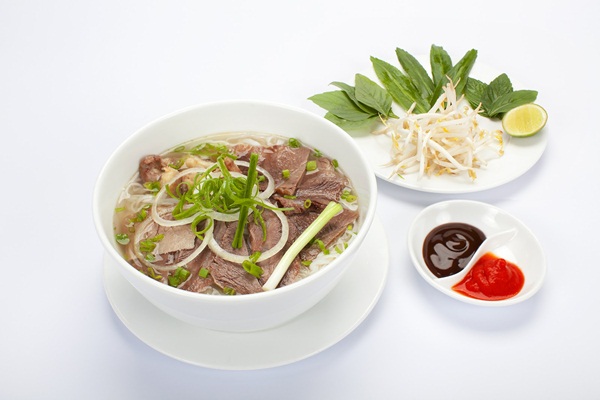
Bun Rieu
Bun is another type of noodle, also made of rice flour mixture like Hu Tieu. Instead of coated and dried under the sun, Bun is squeezed into strands and immediately boiled. After that, strands of Bun are cooled with water.
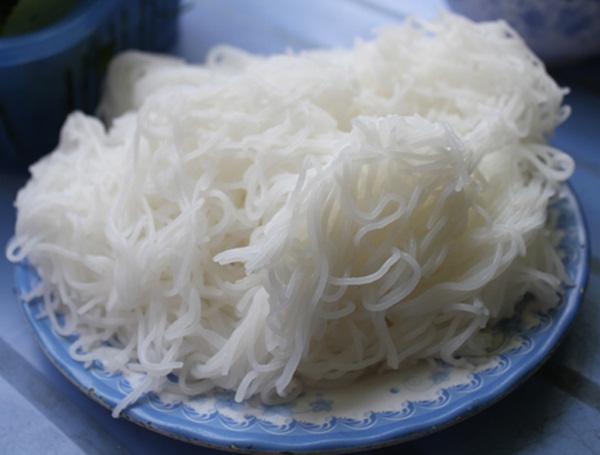
The soup of Bun Rieu is basically the mixture of fine shrimp sauce, broth of pork bones and tomatoes. The “Rieu” is actually the crab mixture. When boiled, it floats in the surface of soup. Bun Rieu can be eaten with bean sprouts, corianders and especially shrimp paste (reddish-purple), drops of lemons and slides of chili puree.
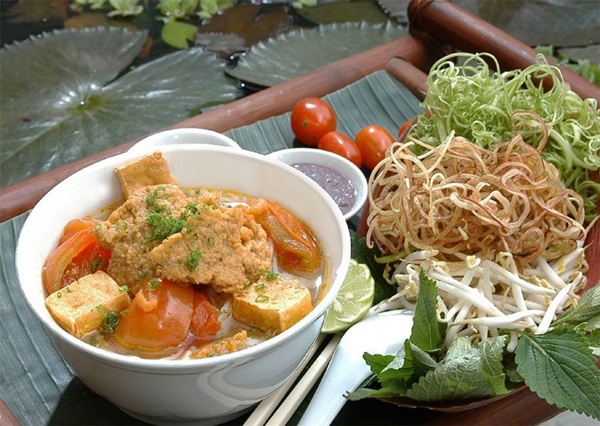
Mi Hoanh Thanh
Mi Hoanh Thanh (aka Mi Van Than in the North of Vietnam) is originated from Guangdong. Mi is known as egg noodles with yellow color. The type to make Mi Hoanh Thanh is not the dried and instant but the fresh noodles. Vietnam tour packages
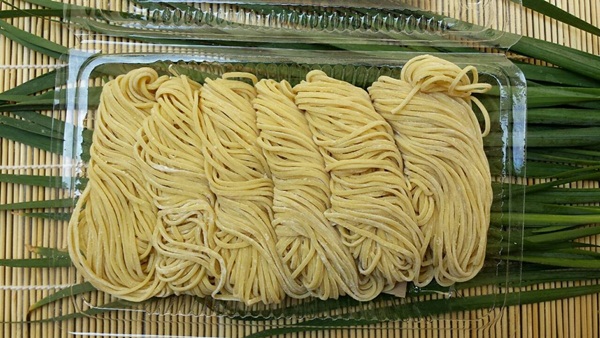
Hoanh Thanh (wonton) is made with a mixture of minced meat, shrimps and mushrooms covered with square yellow wonton-wrappers. Soup of Mi Hoanh Thanh is also boiled with pork bones, adding with fresh/dried shrimps. Especially, Mi Hoanh Thanh is not eaten with bean sprouts but chives and lettuces or collard greens. People also add pork livers and chicken eggs boiled.
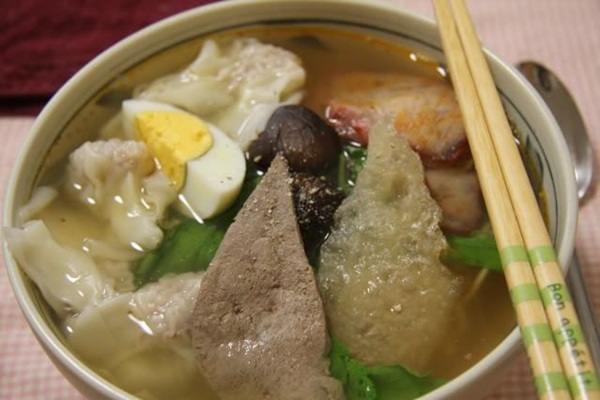
There seems to be so many different types of noodles in Vietnam, all made from rice. Perhaps people created them to get rid of eating rice, the essential food of Asian countries. Why don’t you come and try to fully enjoy the differences among them?
See more:
Travel Lovers








